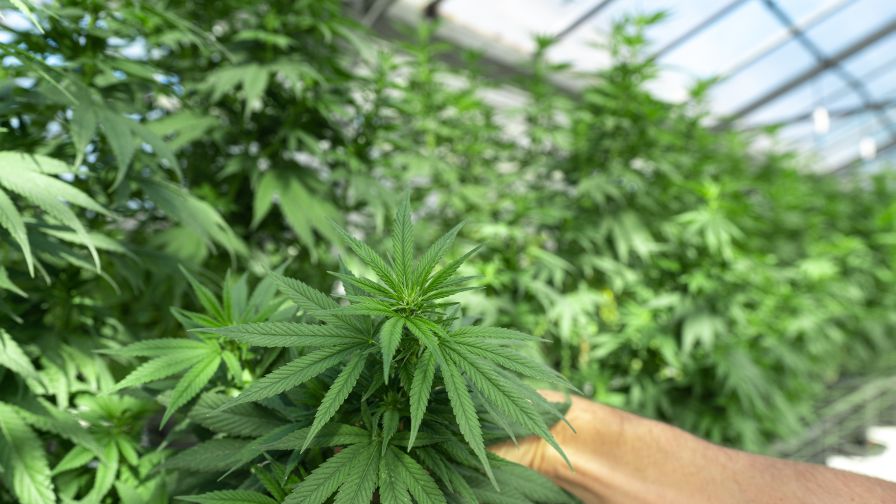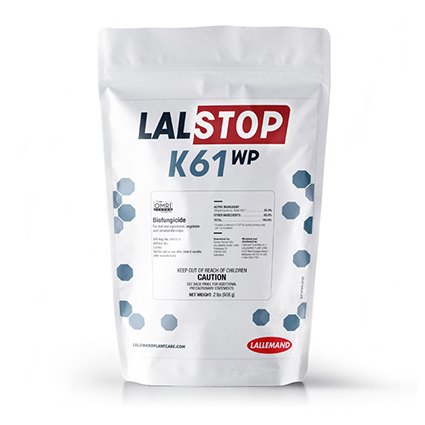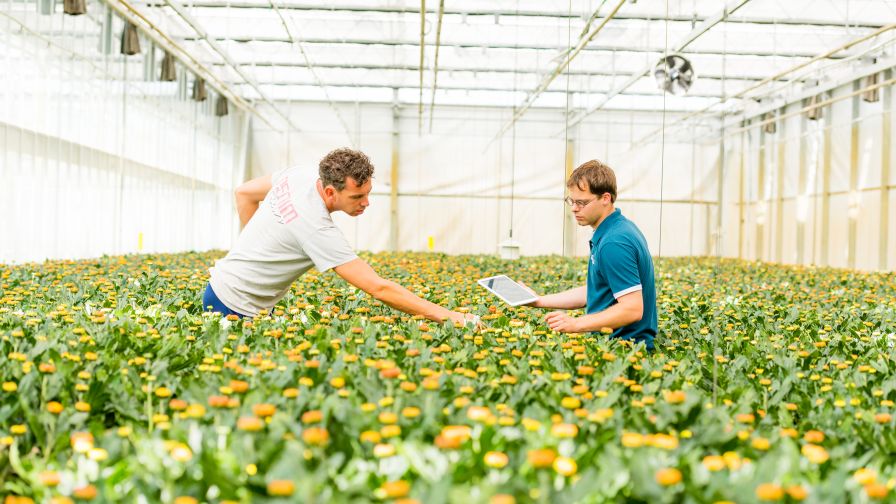Overcoming Odor: Challenges Facing Cannabis Greenhouse Growers
 There’s no doubt that cannabis is conspicuously odorous. If you love the smell, that’s great. If you’re like 51% of Americans who can’t stand the smell of it, according to a 2019 survey conducted by PSB Research, Civilized, Burson Cohn & Wolfe, and BuzzFeed News, let’s hope you don’t work in the industry or have a cannabis facility close to your home. As more and more communities open their borders to cannabis businesses, complaints about cannabis odor are increasing. The public’s disdain for this pungent predicament has bolstered local legislative action and is driving ancillary cannabis businesses to provide reasonable, cost-effective solutions to remove the smell so cannabis businesses can claim good neighbor status and solidify their position as positive, contributing community members.
There’s no doubt that cannabis is conspicuously odorous. If you love the smell, that’s great. If you’re like 51% of Americans who can’t stand the smell of it, according to a 2019 survey conducted by PSB Research, Civilized, Burson Cohn & Wolfe, and BuzzFeed News, let’s hope you don’t work in the industry or have a cannabis facility close to your home. As more and more communities open their borders to cannabis businesses, complaints about cannabis odor are increasing. The public’s disdain for this pungent predicament has bolstered local legislative action and is driving ancillary cannabis businesses to provide reasonable, cost-effective solutions to remove the smell so cannabis businesses can claim good neighbor status and solidify their position as positive, contributing community members.
Here’s what you need to know about mitigating cannabis odor.
Community Disapproval
While states have distinct nuisance law specifications, community disapproval and resultant nuisance claims typically arise from the use of one’s property interfering with the enjoyment of another.
Considering the pervasive smell emanating from many cultivation centers—whether indoor, greenhouse, or outdoor—it’s no surprise that some neighbors find the situation intolerable. In fact, quite a few citizens in states where cannabis cultivation is legal have filed nuisance complaints because of the smell.
In a recent Ohio case, a court held that a class of homeowners consisting of more than 200 homes had the standing to file nuisance against a cultivation company. The homeowners complained that “noxious odors in their neighborhood affected the use and enjoyment of their properties” (Berdysz v. Boyas Excavating, Inc., Eighth District, Ohio court case). The court held that the standing for the nuisance claim was valid.
Federal Law Hurdles
A U.S. federal appeals court concluded landowners who claimed nuisance against a cannabis cultivation company because of the odor emitted from the facility “plausibly pled an injury to their property in the form of a present interference with their use and enjoyment of that land, an interference that is caused by the enterprise’s recurring emissions of foul odors.” (Safe Streets all v. Hickenlooper, 859 F.3d 865 (10th Cir. 2017) The court accepted the nuisance claim under RICO. RICO, or The Racketeer Influenced and Corrupt Organizations Act, prohibits people from engaging in patterns of racketeering, including the crime of “dealing narcotics or dangerous drugs” (18.U.S.C. Ch. 96). Although cannabis sale and distribution is legal in many states, it is still considered criminal under federal law, since cannabis remains a Schedule I controlled substance under the federal Controlled Substances Act. Because of this, cannabis businesses face the risk of being sued in federal court, under RICO.
Thankfully for the defendants in Safe Streets, the plaintiffs were unable to prove that the defendants caused their claimed injury, and that case was ultimately dismissed. However, since standing for bringing a claim under RICO was upheld by the 10th Circuit, other cannabis businesses could feasibly face RICO claims.
Under RICO, private parties can sue for civil remedies for any injury they received that resulted from a defendant’s RICO violation. So, a plaintiff, like the ones in Safe Streets, could claim an injury resulting from a cannabis business’ “illegal” operation. This could potentially include a plaintiff claiming remedy for damage to local property value due to a next-door cannabis company’s “criminal activity” (by RICO’s definition) tainting their community.
So far, claims of violations under RICO have not been successful. However, there remain members of the public who are still averse to the new legalization of cannabis that could try to bring their odor complaint against cannabis “criminals” in the federal sphere.
Current Odor Abatement: Regulatory Guidelines and Ordinances
Most state statutes and regulations don’t include specifications for cannabis facilities’’ odor mitigation, however certain statutes such as pollution or nuisance laws may also pertain to cannabis odor emission. For example, in Massachusetts, cultivators are required to meet an environmental “Air Pollution Control” regulation, which includes the prevention of odor (935 CMR 500.130). The Department of Environmental Protection (MassDEP), considers “odor” as a type of “air contaminant” ( 310 CMR 7.00). The presence of odor outside a cultivation facility, in concentrations and durations large enough to cause a “nuisance” or “unreasonably interfere with the comfortable enjoyment of life and property or the conduct of business”, qualifies as “Air Pollution” under the Air Pollution Control Regulation. (310 CMR 7.00).
While many states don’t have specific guiding statutes or department regulations concerning cannabis odor emissions, most counties and cities provide odor mitigation ordinances for cannabis cultivation facilities to follow. For example, Denver Colorado’s Environmental Health regulations require cannabis “Growing, Processing, Manufacturing facilities” to fill out an “Odor Control Plan” (OCP) and submit it to the Department of Environmental Health for approval. This nuisance odor mitigation regulation also specifies that the industry-specific best control technologies and best management practices be incorporated into the OCP. Los Angeles County in California requires its own “odor management plan,” which also specifies the industry “best” for the control technology.
Cannabis licensure applicants in Washington’s Puget Sound County have to apply for and obtain a separate pre-construction permit with the Clean Air Agency, because of the potential “nuisance impacts off-site”.
Odor Mitigation Technologies to Help Mitigate Smell (and Public Complaints!)
The Denver Department of Public Health & Environment (DDPHE) Cannabis Environmental Best Management Practices Guide reports that the Volatile Organic compound (VOC) emissions released from the cultivation process are to blame for the distinctive cannabis smell. Cannabis releases a specific VOC called terpenes, making it more distinct and odorous than other VOCs.
The DDPHE recommends investing in a carbon filtration system to remove the Volatile Organic Compound emissions from the air.
Ultimately, even the best odor-blocking technology is still just a form of odor control, not a way to eliminate VOCs. Maintaining a sealed space and conducting routine HVAC inspections can help ensure regulatory compliance with the respective ordinance/regulation.
Location is also key for ensuring odor mitigation, according to Marc Byers, the founder and president of custom equipment manufacturer and research of Byers Scientific. Ensuring the site is located away from the potential complaining public is key. Considering elements such as general wind direction and typical outdoor temperatures, in conjunction with the building’s layout and exhaust systems, could shield a facility from a mountain of complaints.
Hiring an expert early in the design phase to develop an odor abatement system helps to minimize odor-related public complaints in the long term.
Molecular filtration, or carbon scrubbing, is a financially accessible and commonly utilized option. As the name suggests, the carbon filters essentially scrub out the odorous gases, resulting in a less odorous emission output. To select the best filtration set-up, perform an emissions analysis of the facility’s VOC output. Have a system in place to evaluate effectiveness and replace carbon media. To avoid any odor breakthrough, conduct a butane life test (ASTM D5228-92) at six months and again at 10 to 12 months to determine the remaining life of your carbon media and to establish a replacement schedule.
All in all, understanding local ordinances for cannabis odor mitigation, being proactive in choosing a proper location, building a well-designed facility with odor mitigation systems in place from the beginning, regularly testing emissions and filtration systems, and replacing worn out carbon media, are basic best practices to stay in good stead with your neighbors. These best practices also provide a layer of extra security since individuals who seek to steal from cannabis cultivators won’t be able to just “follow their nose” to the source.









